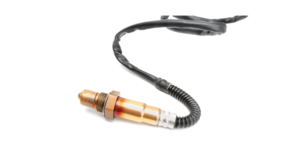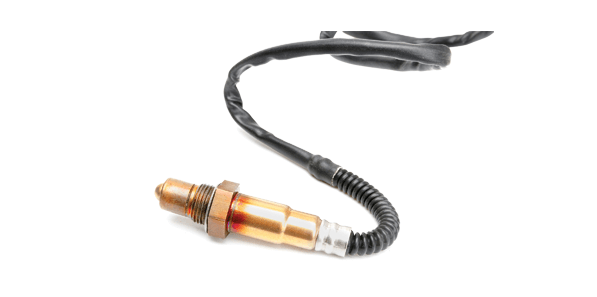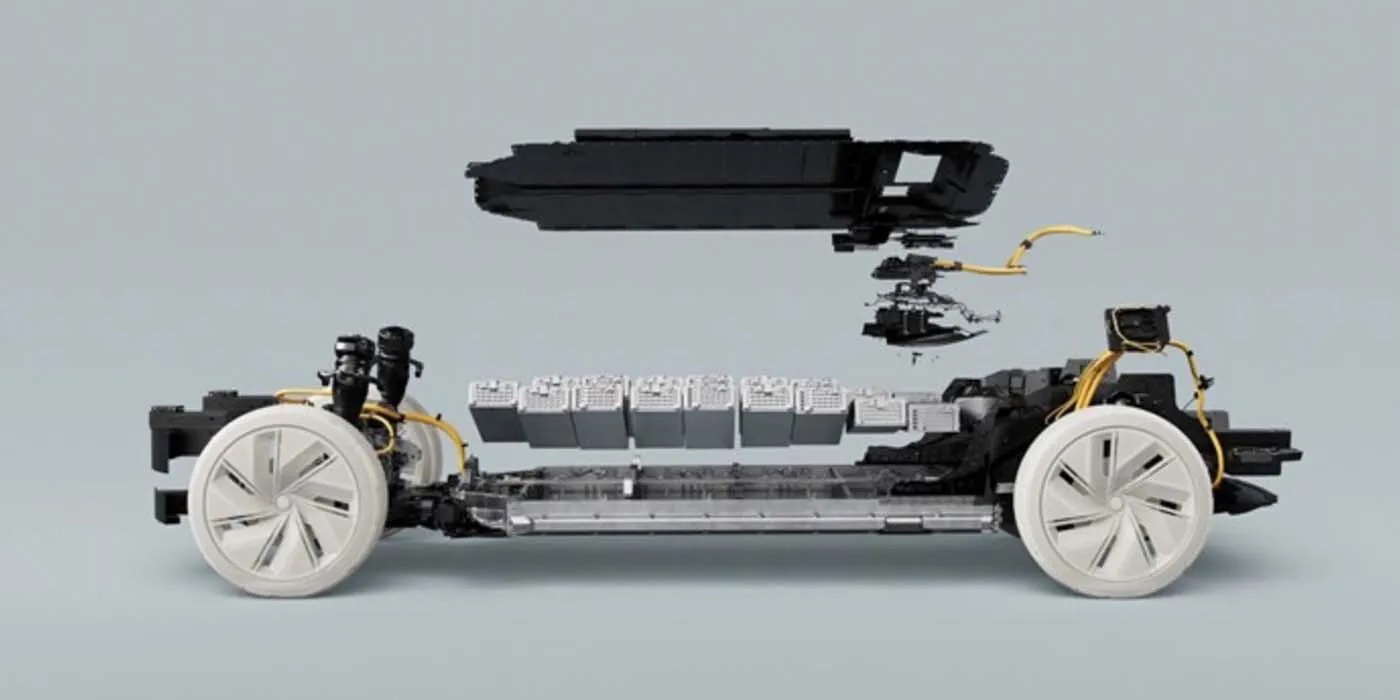 For those of you old enough to remember carburetors, one of the major limitations of carburetors was that they were never in perfect tune. Carburetors have fixed fuel metering jets so the air/fuel ratio is predetermined by the size of the orifices or metering rods in the carb. Changes in air temperature and barometric pressure also change air density, which means the air/fuel ratio is never quite right except within a narrow band of operating conditions.
For those of you old enough to remember carburetors, one of the major limitations of carburetors was that they were never in perfect tune. Carburetors have fixed fuel metering jets so the air/fuel ratio is predetermined by the size of the orifices or metering rods in the carb. Changes in air temperature and barometric pressure also change air density, which means the air/fuel ratio is never quite right except within a narrow band of operating conditions.
When government regulations required automakers to clean up tailpipe emissions back in the late 1970s and early 1980s, one of the things that had to go was the mechanical carburetor. To meet the new emission rules, engines had to have some type of electronic adjustable fuel metering system that would allow the air/fuel mixture to change as operating conditions changed. This, in turn, would reduce emissions, improve fuel economy and give better performance and drivability – in theory anyway.
One of the key components in an electronic feedback fuel control system was the oxygen (O2) sensor. The sensor could provide a rich or lean feedback signal to an engine control computer, that in turn could constantly fine tune the fuel mixture as needed.
One or more oxygen sensors were mounted in the exhaust manifolds of engines to monitor the amount of unburned oxygen that remains in the exhaust after combustion. First generation O2 sensors produced a high or low voltage signal to indicate rich or lean. The latest generation of “Air/Fuel” sensors or “wideband” O2 sensors provide a current signal that is proportional to the exact air/fuel mixture, which allows for more precise fuel control, lower emissions, better fuel economy and better performance.
The first-generation O2 sensors were initially used in domestic vehicles with “electronic” feedback carburetors that used a duty cycle solenoid inside the carb to vary the air/fuel mixture. By the mid-1980s, these troublesome carbs were replaced with throttle body injection and then multi-port fuel injection systems.
Another job assigned to oxygen sensors was that of monitoring the health of the catalytic converter. To minimize pollutants, the converter must operate with a high degree of efficiency. So to monitor the operating efficiency of the converter, a “downstream” O2 sensor is mounted just aft of the converter in the exhaust system. The engine computer can then compare the “upstream” and “downstream” O2 readings to see if the converter is doing its job – and if it isn’t it will set a fault code and turn on the Check Engine light.
The Powertrain Control Module (PCM) also monitors the health of the O2 sensors as well as all of the other key sensors. O2 sensors have an internal heater circuit that helps them warm up to operating temperature quickly following a cold start. If a fault is detected in an O2 sensor heater circuit, the PC will set an O2 heater circuit code and turn on the Check Engine light. O2 heater faults may be in the sensor or the wiring harness, so accurate diagnosis is required before a sensor is replaced.
O2 sensors do have a limited service life, and tend to become sluggish with age. This can cause a noticeable drop in fuel economy but may not set a fault code. A failed O2 sensor that is not producing a signal will set a code. But so too can an O2 sensor that is reading rich or lean all the time. Often these type codes indicate a problem elsewhere such as a fuel control problem, a compression leak, a cylinder misfire or even a leak in an exhaust manifold. Consequently, “bad” O2 sensors are really good are often misdiagnosed and replaced unnecessary.
If a high-mileage O2 sensor has failed, many professional technicians recommend replacing all of the O2 sensors at the same time to reduce the chance of comebacks or problems down the road.







